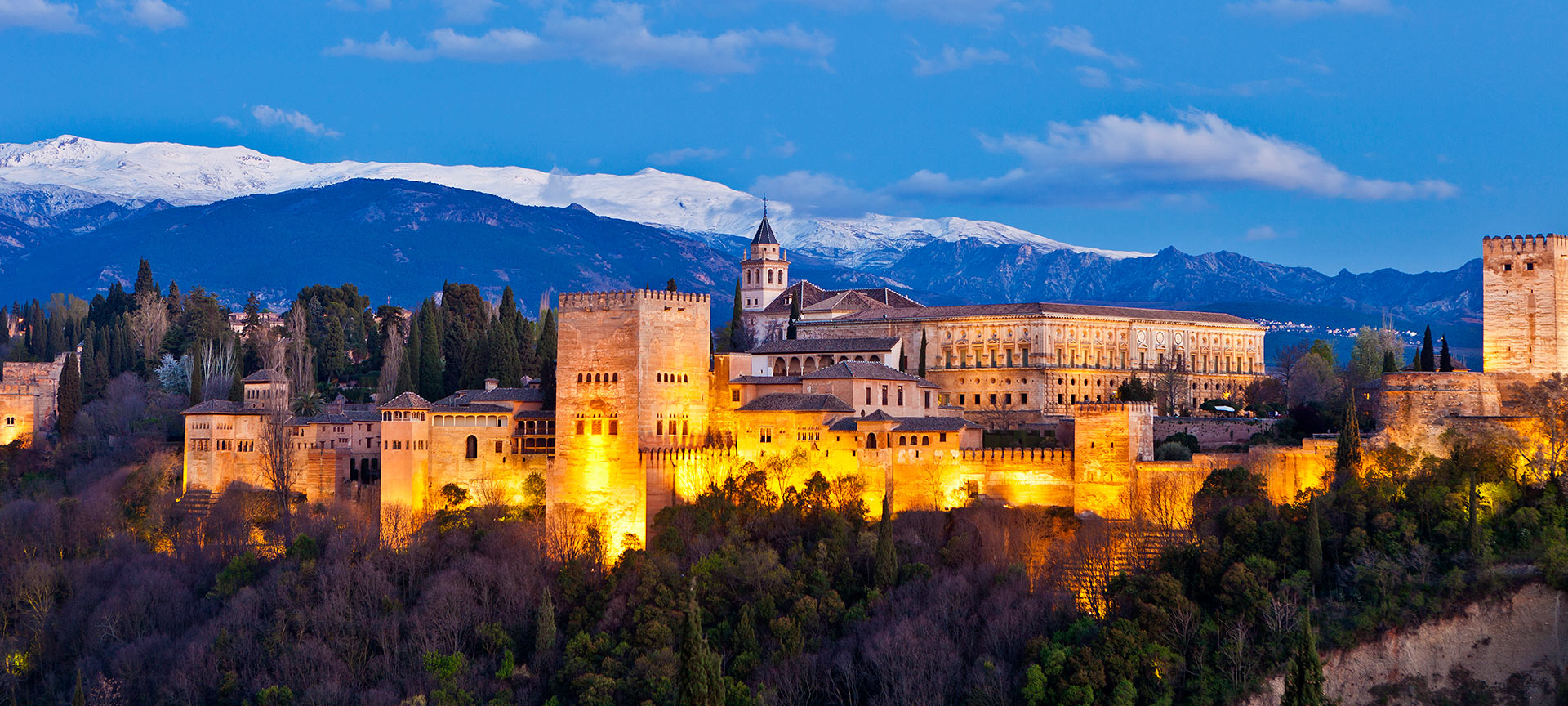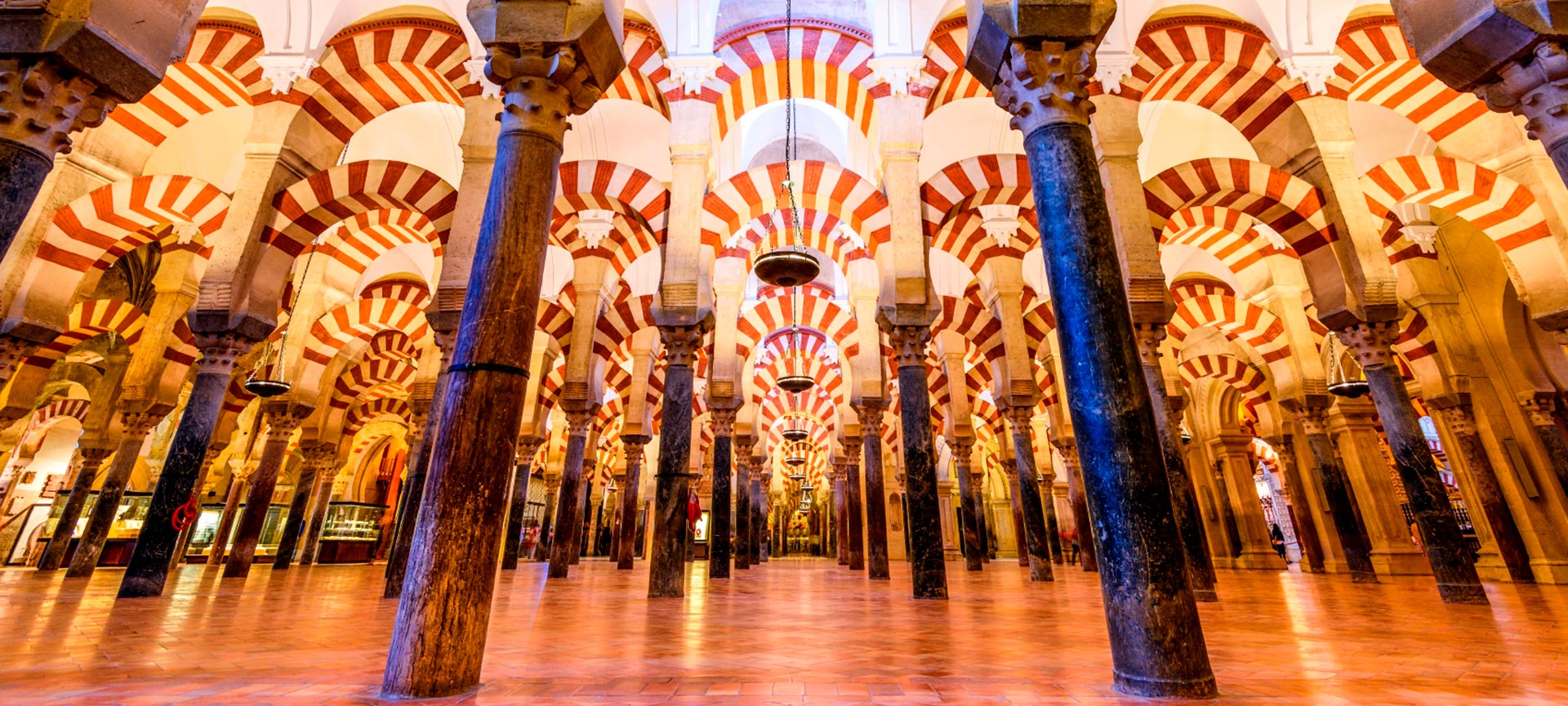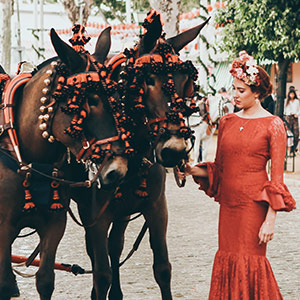José Mercé is one of the artists who stands for a purer, more classical style of flamenco. This cantaor (traditional flamenco singers are called cantaores in Spain) from Cádiz started to learn his art at the tablaos (venues where flamenco is performed) when he was small, and at the age of just 13 he made his first record. Following her traditional roots and drawing on the musical education she grew up with, Maria José Llergo, originally from Cordoba, is beginning to make her mark on the world of music.
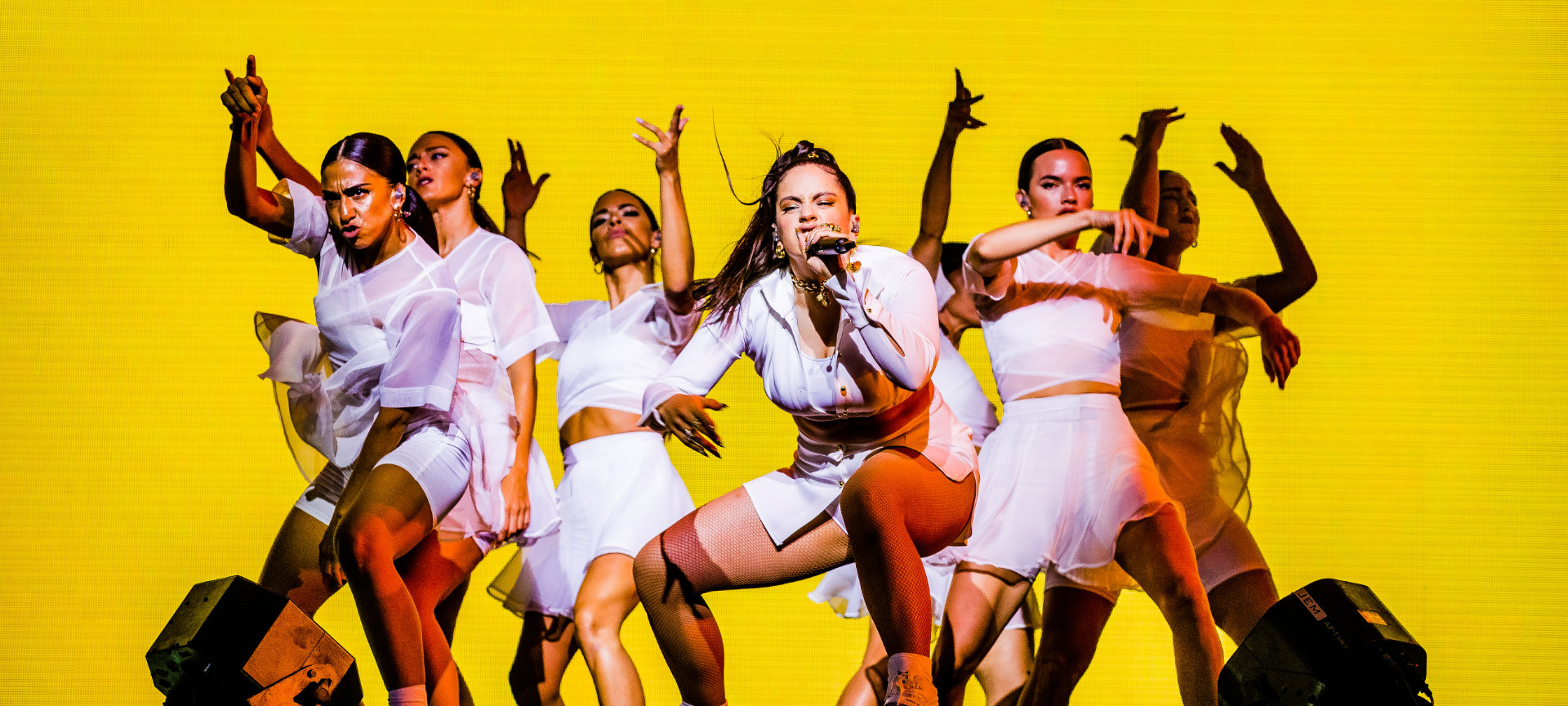
From Camarón to Rosalía, what do you know about flamenco today in Spain?
One of the best-known art forms in Spain is flamenco. Nobody is quite sure when flamenco was born, but it’s legacy has evolved, and it’s still very much alive thanks to the artists who continue to beat out that rhythm. The Spanish music scene includes both those whose loyalties lie with traditional flamenco, and others who prefer a more eclectic mix of styles.
Debe activar Javascript para poder utilizar este servicio
Juanito Makandé was a pioneer in underground flamenco, fusing the very essence of the genre with funk and jazz, creating songs that have earned him a place at several national festivals. Another artist who mixes other musical styles with flamenco is Dellafuente. Rap and trap combine to perfection in his songs, which he himself defines as ‘timeless folk music’. He rubs shoulders with many contemporary performers, and this has led him to produce some really interesting work.
The artist whose name is on everyone’s lips is Rosalía. This young Catalan woman has carved out a place for herself, taking flamenco to parts of the world where it was previously unknown, and introducing the genre to new generations who initially had no interest in it at all.A new generation of artists – successors to Paco de Lucía, Enrique Morente and Camarón de la Isla – is revolutionising the genre. In Spain you can enjoy flamenco at tablaos, or by visiting Andalucía, the region with the closest ties flamenco.
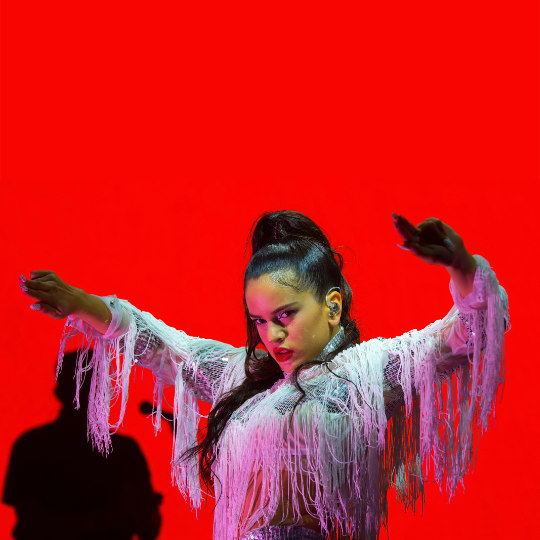
Travel plans for inspiring you

